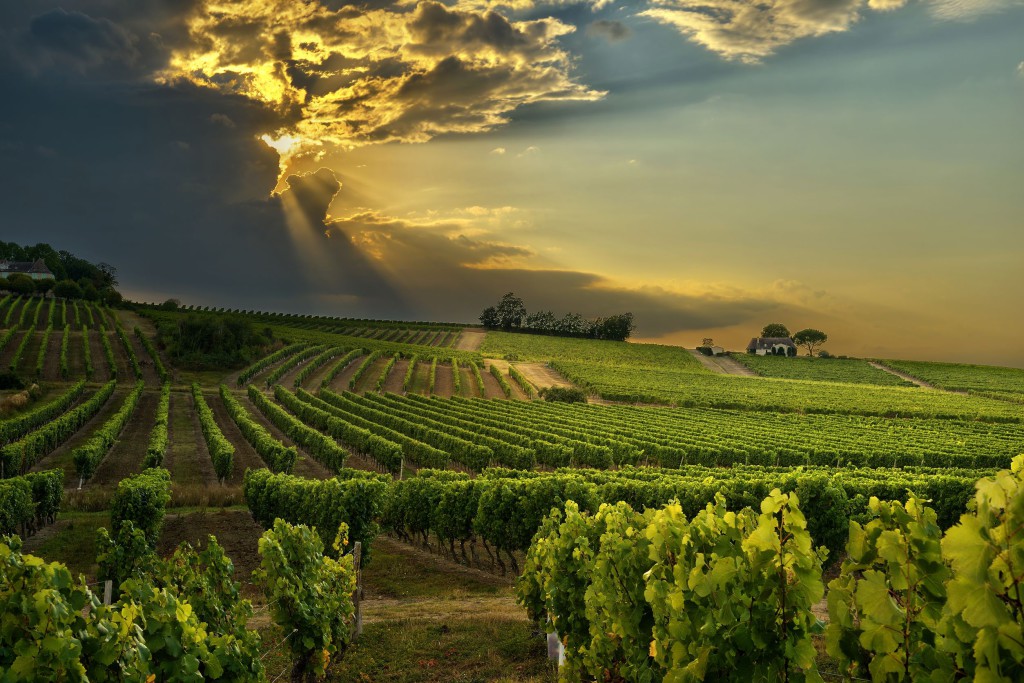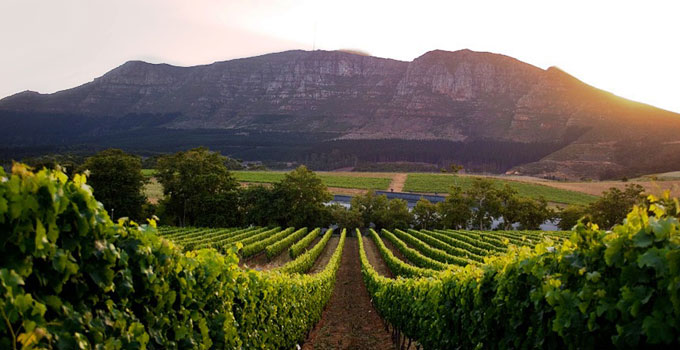
Stellenbosch and the Winelands
The scenic Boland (literally ‘Upland’) immediately inland of Cape Town enjoys twin claims to fame. Not only is it home to some of South Africa’s oldest and most vivid towns (most notably Stellenbosch and Franschhoek), but it also forms the hub of the Cape’s burgeoning wine industry.

Stellenbosch and the Winelands
Stellenbosch and some of the older wine estates also house some handsome examples of Cape Dutch architecture, a uniquely South African style typified by whitewashed thatched buildings with a rounded and ornately bordered gable set above the main door, and two flanking perpendicular wings.

Stellenbosch and the Winelands
The Stellenbosch Village Museum comprises four restored houses – the oldest being the Schreuderhuis, one of the few buildings to survive the great fire of 1710 – representing different phases in the town’s development. Founded on the outskirts of Stellenbosch in 1692, the scenic Lanzerac Estate is known for its stately Cape Dutch architecture and for producing the world’s first commercial Pinotage (a red cultivar unique to South Africa) in 1959, and it includes a five-star restaurant and hotel.

Stellenbosch and the Winelands
The village is a culinary Mecca, hosting several of the country’s finest restaurants. Set in a verdant valley flanked by the Groot Drakenstein and Simonsberg Mountains midway between Stellenbosch and Franschhoek, the perennially popular Boschendal Estate was first planted with vines in 1685 and is notable both for its superb Cape Dutch architecture and Mediterranean-style picnics served on the oak-shaded lawn.
Most travellers opt for booking cheap car rental Cape Town or with car hire South Africa to accommodate their travel plans. Regardless, Cape Town is the ideal destination to kick off your dream African Safari.
Related Posts
5 of the Best Mountain Biking Routes in South Africa
Mountain biking is not your ordinary sport; it is a way of life. The adventure and fulfillment that a rider experience is amazing. Mountain biking comes with many benefits. To start with, it is a great way to work out. It is therapeutic; if you are having a hard day, biking could help you release […]
Read MoreTurtle spotting in South Africa
Turtle tours in South Africa have picked up in popularity over the past few years and it is definitely worth factoring a turtle tour in when planning a holiday in South Africa. These turtle tours are arranged during the day or night, depending on the least intrusive time for the turtles. The turtle-spotting season starts […]
Read More5 Reasons You Should Go on a Big 5 Safari in South Africa
The Lion, Elephant, Buffalo, Rhino and Leopard, are known as South Africa’s Big Five. You have probably seen them on television, online or in books, but here are some reasons why you should go on a Big Five Safari in South Africa. Everyone wants to see the “King of the Beasts” at least once in […]
Read More Rating: 4 - 1562 Reviews
Rating: 4 - 1562 Reviews


